Refine listing
Actions for selected content:
2251 results in Cambridge Elements

Modelling Evolution
-
- Published online:
- 22 September 2025
- Print publication:
- 16 October 2025
-
- Element
- Export citation

Plato's Unwritten Doctrines
-
- Published online:
- 22 September 2025
- Print publication:
- 16 October 2025
-
- Element
- Export citation
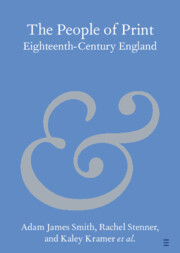
The People of Print
- Eighteenth-Century England
-
- Published online:
- 20 September 2025
- Print publication:
- 16 October 2025
-
- Element
- Export citation

The Pseudo-Clementine Tradition
- The Hermeneutics of Late-Ancient Sophistic Christianity
-
- Published online:
- 19 September 2025
- Print publication:
- 16 October 2025
-
- Element
- Export citation
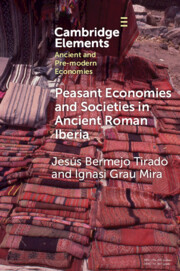
Peasant Economies and Societies in Ancient Roman Iberia
-
- Published online:
- 19 September 2025
- Print publication:
- 09 October 2025
-
- Element
- Export citation

Philosophy of Cosmology and Astrophysics
-
- Published online:
- 18 September 2025
- Print publication:
- 16 October 2025
-
- Element
- Export citation

The Brick-and-Mortar Bookstore in Contemporary India
-
- Published online:
- 17 September 2025
- Print publication:
- 02 October 2025
-
- Element
- Export citation

Thomism and the Natural Sciences
-
- Published online:
- 17 September 2025
- Print publication:
- 09 October 2025
-
- Element
- Export citation
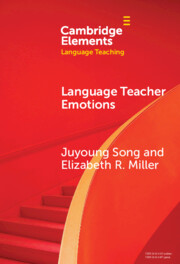
Language Teacher Emotions
-
- Published online:
- 17 September 2025
- Print publication:
- 09 October 2025
-
- Element
- Export citation
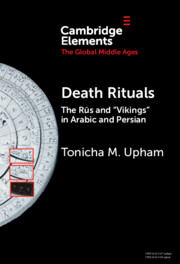
Death Rituals
- The Rūs and 'Vikings' in Arabic and Persian
-
- Published online:
- 13 September 2025
- Print publication:
- 09 October 2025
-
- Element
- Export citation
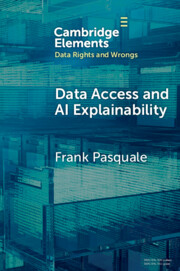
Data Access and AI Explainability
-
- Published online:
- 12 September 2025
- Print publication:
- 02 October 2025
-
- Element
-
- You have access
- Open access
- HTML
- Export citation

Ceramic Analysis
- Laboratory Methods
-
- Published online:
- 10 September 2025
- Print publication:
- 09 October 2025
-
- Element
- Export citation

AI and Image
- Critical Perspectives on the Application of Technology on Art and Cultural Heritage
-
- Published online:
- 10 September 2025
- Print publication:
- 09 October 2025
-
- Element
-
- You have access
- Open access
- HTML
- Export citation
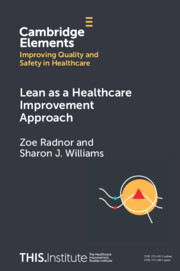
Lean as a Healthcare Improvement Approach
-
- Published online:
- 09 September 2025
- Print publication:
- 02 October 2025
-
- Element
-
- You have access
- Open access
- HTML
- Export citation
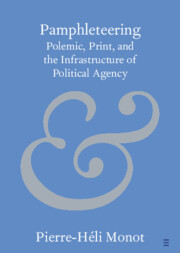
Pamphleteering
- Polemic, Print, and the Infrastructure of Political Agency
-
- Published online:
- 05 September 2025
- Print publication:
- 02 October 2025
-
- Element
-
- You have access
- Open access
- HTML
- Export citation
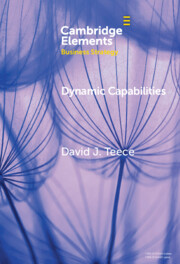
Dynamic Capabilities
- Foundational Concepts
-
- Published online:
- 04 September 2025
- Print publication:
- 02 October 2025
-
- Element
-
- You have access
- Open access
- HTML
- Export citation
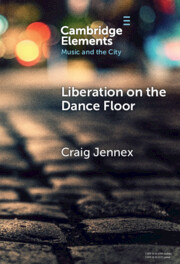
Liberation on the Dance Floor
- Popular Music and the Promise of Plurality
-
- Published online:
- 04 September 2025
- Print publication:
- 02 October 2025
-
- Element
-
- You have access
- Open access
- HTML
- Export citation

Dynamic Capabilities and Related Paradigms
-
- Published online:
- 03 September 2025
- Print publication:
- 02 October 2025
-
- Element
-
- You have access
- Open access
- HTML
- Export citation
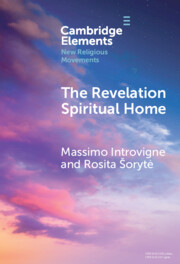
The Revelation Spiritual Home
- The Revival of African Indigenous Spirituality
-
- Published online:
- 02 September 2025
- Print publication:
- 23 October 2025
-
- Element
- Export citation
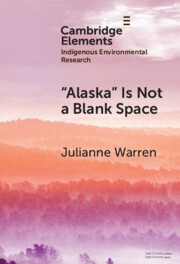
‘Alaska’ is Not a Blank Space
- Unsettling Aldo Leopold's Odyssey
-
- Published online:
- 28 August 2025
- Print publication:
- 25 September 2025
-
- Element
- Export citation
